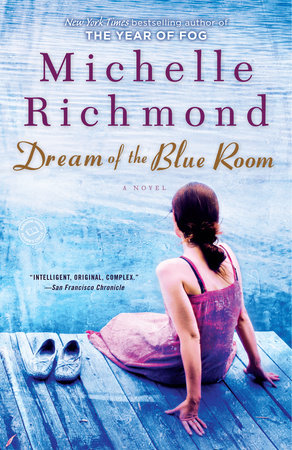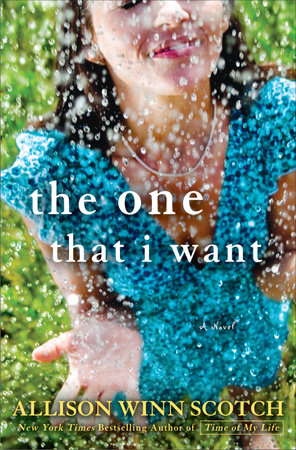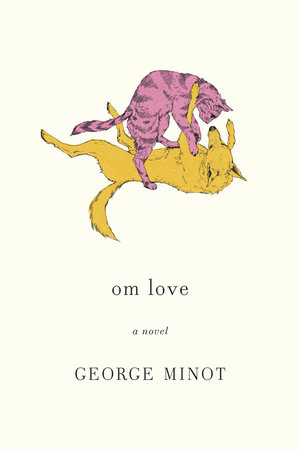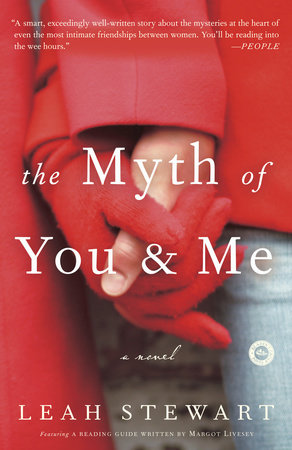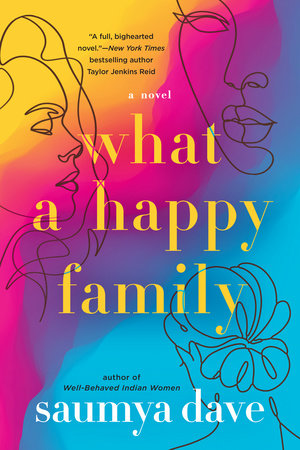The Story Behind Dream of the Blue Room
Dream of the Blue Room began with a classified ad in The New York Times. The year was 1997, and I was living on New York’s Upper West Side. I had just quit my cubicle job at a major public relations firm. Desperate for a paycheck, I answered an ad for an English tutor, and a couple of days later I was being interviewed in a posh apartment in midtown by the president of a Chinese trading company who went by the name of Tony. We sealed the deal on the spot. As I understood it, my job would involve light administrative duties, along with accompanying Tony to restaurants, farmers’ markets, art galleries, design stores—anywhere that he could learn new vocabulary.
My first day on the job, I assembled a vacuum cleaner in Tony’s apartment. My task: to decode the instructions. Three hours after we began, we stood admiring the partially functioning vacuum cleaner. That’s when Tony hit me with the news: “I go to China next Monday. You go Wednesday.” “China?” I said, trying to hide my shock. “How long?”
“Maybe two months. Maybe three months,” he said.
I’d been under the impression that I would be working in the company’s offices in the Empire State Building. Whatever Tony might have said about the impending trip to China during our interview had apparently been lost in translation. That weekend I bought a travel guide, a phrase book, a refurbished laptop, and a comfortable pair of sandals. Two weeks after answering the ad, I was on a plane to Beijing, the computer stashed under the seat in front of me. If I was going to spend three months in China, I figured I might as well make a book out of it. I decided my book would be a memoir— something about a girl from Alabama who goes to China by way of New York and discovers—what? I hadn’t planned that far ahead.
When I arrived in Beijing, I was met by a black Mercedes with tinted windows. As the driver swerved wildly through crowded streets teeming with bicycles, Tony and I sat awkwardly and silently in the backseat, the fledgling familiarity we had established during our week together in New York having entirely evaporated. An hour later, the car pulled up to a towering apartment building across the street from a shopping mall. Tony accompanied me to the penthouse, where he showed me how to work the TV, the stereo, and the karaoke machine, and promised to return the next day. After he left, I went scavenging in the kitchen. The only thing in the refrigerator was a spoiled carton of soy milk. I didn’t have a single yuan to my name. I didn’t speak a word of Chinese. I was hungry and had already eaten all my granola bars on the plane. A couple of hours later, as I tried unsuccessfully for the umpteenth time to place a phone call to my boyfriend back in New York, there was a knock at the door. It was a teenaged boy, very shy, bearing a few bottles of water and a small wad of colorful paper money. I tried to ask him when Tony was coming back and where I might buy food, but he just nodded, said “Thank you,” and left. I took out my laptop, thinking that if I couldn’t call home or feed my growling stomach, at least I could write. But the battery was dead, and my charger didn’t fit into the electrical outlets. So I did what people used to do, long ago, in the dark age of letters: I took out a pen and a sheet of paper. Thus began my adventures in China.
As it turned out, Tony had very little time to be tutored. He would frequently call on a Tuesday to tell me that he would be traveling until Friday, and I could use the time as I pleased. The freedom suited me. I spent my days walking around the city, eating at roadside stalls, shopping in the flea market behind Tiananmen Square, wandering down ancient streets crowded with centuries-old hutongs. When I needed a break from the constant noise and crowds of the capital, I’d take a taxi to the Forbidden City and find an empty corner within the majestic walls to read. One of the books I read in China was Dream of the Red Chamber, the classic seventeenth-century novel by Tsao Hsueh-Chin. Eventually, I would turn to Hsueh- Chin as the inspiration for the title of my first novel.
I also took several trips outside the city. One of the most interesting was to Xi’an, where I saw the legendary terra-cotta warriors. On the bus ride into Xi’an from the airport, I met a Chinese geologist who was surprisingly candid about the Three Gorges Dam, the construction of which was then underway. I had been doing some reading about the dam, so I knew the basic facts. Millions of people who lived along the Yangtze would be forced to evacuate their homes to make way for the dam’s reservoir, which would be the largest manmade lake in the world. Hundreds of thousands of ancient artifacts would be destroyed. Thousands of towns and cities would be inundated. According to the geologist, the dam was a disaster waiting to happen; he was certain it would eventually result in catastrophic flooding. Although there was a great deal of antidam sentiment, it wasn’t a subject many were willing to talk about. Despite recent nods to a more open society, speaking out against the communist government was still a very dangerous thing to do in China.
I found myself writing a lot about the dam during those months, as well as about the people I met during my travels. Upon returning home, however, I realized that my heart wasn’t in the memoir. There was another story I wanted to tell, and it wasn’t about myself. The story I wanted to tell was about Amanda Ruth, an eighteen-year-old Chinese American girl who is mysteriously murdered in a small town in Alabama. As soon as the idea for the story came to me, I knew it would be told by her best friend, who journeys up the Yangtze River more than a decade later to scatter Amanda Ruth’s ashes near her ancestral village. I was interested in racial and sexual prejudice, in the ways we use the concept of difference and the fear of things we do not understand to define ourselves against others. I was interested in the damage this kind of thinking can do. While Amanda Ruth’s early death may make her a tragic character, she is also a courageous character; it was her courage that drew me to her. This is a young woman who defies the constraints her own closed society—living life without apology, and on her own terms.
While I was in China, I filled notebook upon notebook with observations. A good deal of the material from those notebooks made it into the novel. Several characters are influenced by people I met on my travels, especially Elvis Paris. One of the staff members at my apartment building had business cards bearing that very name, which he had chosen because Elvis Presley was his favorite singer, and his lifelong dream was to go to Paris. An Australian gentleman I met in Guilin was the inspiration for Graham. The real Graham was traveling with his wife, a handsome woman from Dalian, and the two of them provided excellent company on a brief cruise down the Li River.
But the most vivid character, in my mind, is probably the landscape itself, which made such an unforgettable impression on me. To me, this ancient nation in flux seemed like the ideal backdrop for the story of a woman who is traveling back into her own past.
Dream of the Blue Room was my first book-length foray into the subject of memory. A massive inundation of water, one of nature’s most powerful forces, threatens to destroy a nation’s collective memory. Since the writing of this novel, the dam has come almost to completion. The Three Gorges as they appear in this book no longer exist. Many of the towns mentioned here are now buried beneath a massive, stagnant lake, their inhabitants eking out an existence far away from the homes where their families lived for generations. The dam threatens the loss of memory on a massive scale. But it may also be the starting point of a new kind of oral history. When the physical things that define us are gone, what are we left with but story? Stories, after all, do not live in things. They live in the words we pass down from one generation to the next.
Years later, in The Year of Fog, I would return to the theme of memory—its complexities, its power to restore. In No One You Know, I would tackle the idea of story—how narratives, both true and false, define the lives of individuals and of families, and how one woman must rewrite her own narrative twenty years after her sister’s death. Three novels and one short story collection into my life as a writer, I understand something I could not have imagined when I first stepped foot in Beijing twelve years ago: that certain themes would haunt me, would grow and converge over time, and that the big questions about life and the world we live in which perplexed me in my late twenties would follow me into my late thirties, and beyond.
I keep coming back to a line in Lars Gustafsson’s beautiful book, The Death of a Beekeeper: “We begin again. We never give up.” For me, each novel is a process of beginning again. But each one, in some way, traces back to the beginning, to the first stories I attempted to tell. It is possible that in Dream of the Blue Room, my first novel, one can find the seeds of the books I have written since then, and the ones I have yet to write.
